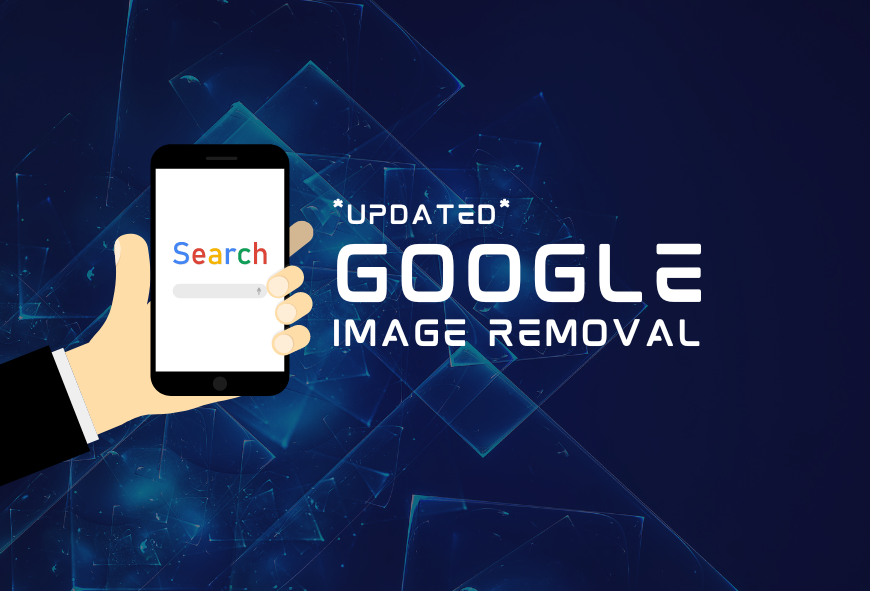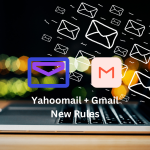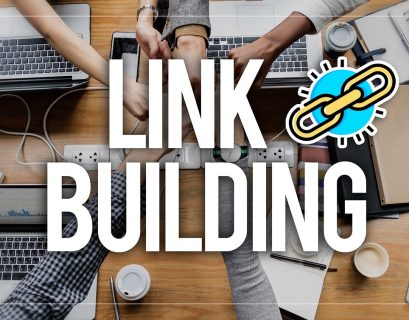The internet’s visual nature makes image management pivotal for any website owner. This updated guide covers Google’s current procedures for removing images from search results, addressing personal information, copyright issues, or simple brand control needs. Google provides tools with varying levels of urgency and permanence to suit your situation.
When Might You Need to Remove Images?
- Personally Identifiable Information (PII): Photos exposing sensitive data like addresses, ID numbers, or even revealing medical conditions could warrant swift removal. Google has specific procedures for these cases due to the potential harm involved.
- Copyright Violations: Using images without proper licensing is a legal risk. If you’ve inadvertently infringed on someone’s copyright, removing the image might be necessary.
- Brand Image: Outdated logos, unflattering product photos, or content misaligned with your current brand can negatively impact your reputation. Controlling what shows up in searches helps mitigate this.
- User Requests: Individuals may sometimes request the removal of their images, even if they don’t fall under categories with clear-cut removal policies.
Your Toolbox for Image Control
-
-
Emergency Removal Tool: Available within Google Search Console and use the Removals Tool, this is your go-to for urgent takedowns, especially those stemming from PII exposure. Effects are temporary, so address the root issue on your site for lasting removal.
-
Robots.txt Disallow Rules: The robots.txt file at the root of your domain gives you fine-grained control over what crawlers like Googlebot-Image can access. Here’s a robust example:
User-agent: Googlebot-Image # Repeated 'disallow' rules for each image: Disallow: /images/dogs.jpg Disallow: /images/cats.jpg Disallow: /images/llamas.jpg # Wildcard character in the filename for # images that share a common suffix. For example, # animal-picture-UNICORN.jpg and # animal-picture-SQUIRREL.jpg # in the "images" directory # will be matched by this pattern. Disallow: /images/animal-picture-*.jpg
-
-
Noindex X-Robots-Tag HTTP Header: For image-by-image exclusion, your server needs to return the ‘noindex’ tag within the image’s HTTP header. While more technical, it’s more precise than robots.txt.
Important Notes
- Context Matters: Google evaluates removal requests based on factors like public interest and the image’s role on your site. Not every request will be granted.
- Hosting Limitations: If images reside on a CDN or a platform outside your control, removal might require deletion at the source, as blocking search engines alone is often insufficient.
- Balancing Act: Consider SEO impact; excessive image blocking can hinder discovery of your site’s content. Target removals strategically.
Official Guidelines are Essential: Google’s policies evolve. Always refer to their official support documentation for the most up-to-date procedures and criteria: https://developers.google.com/search/docs/crawling-indexing/prevent-images-on-your-page

















